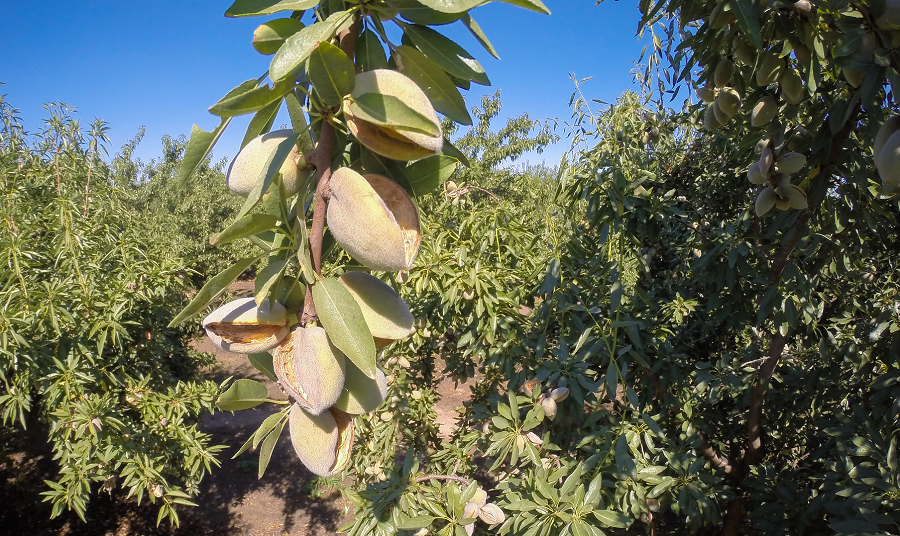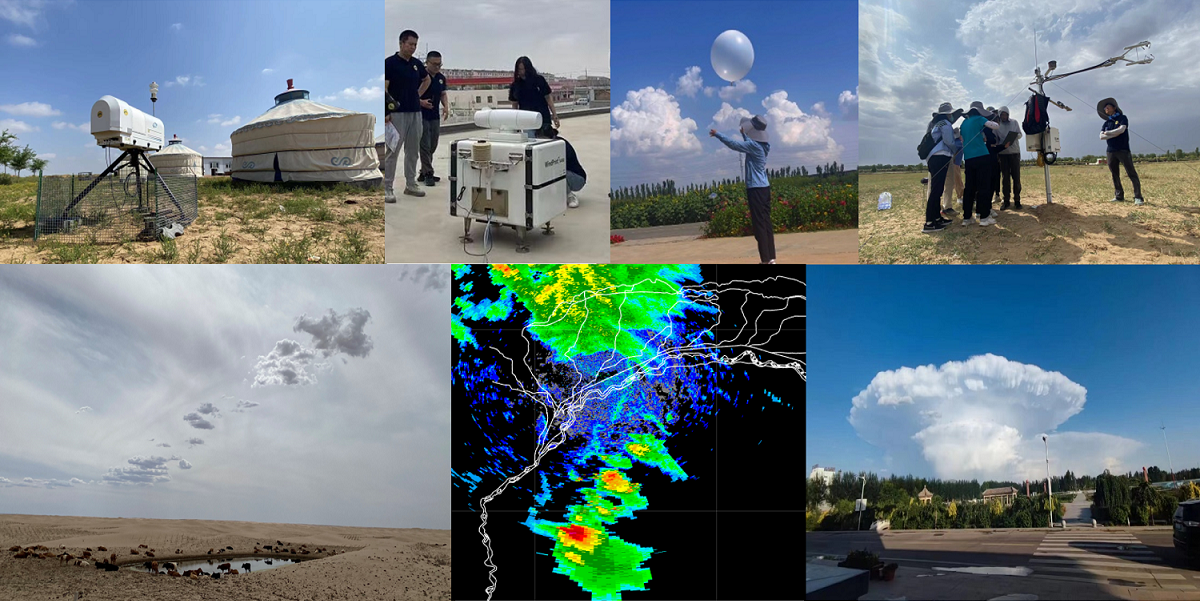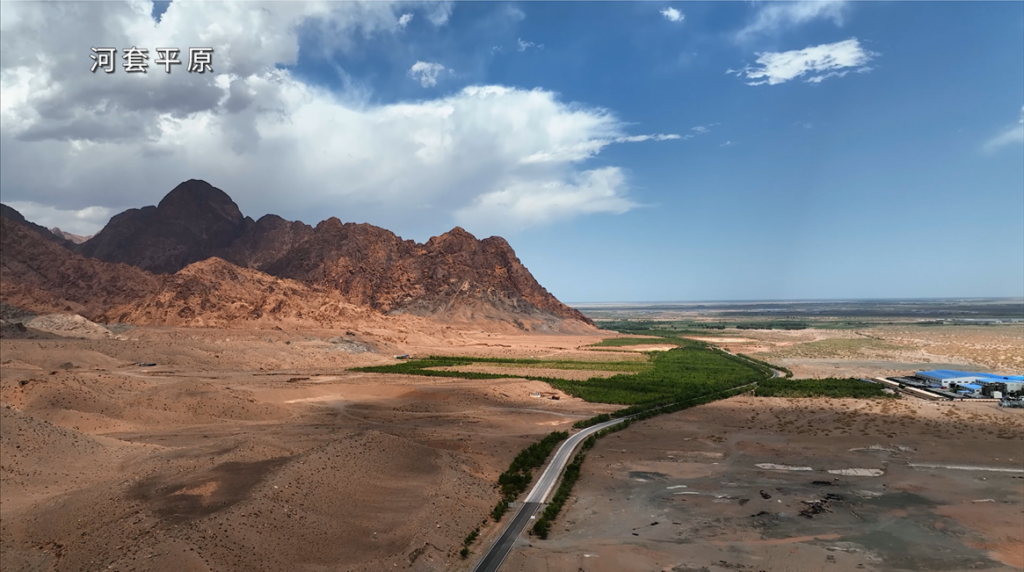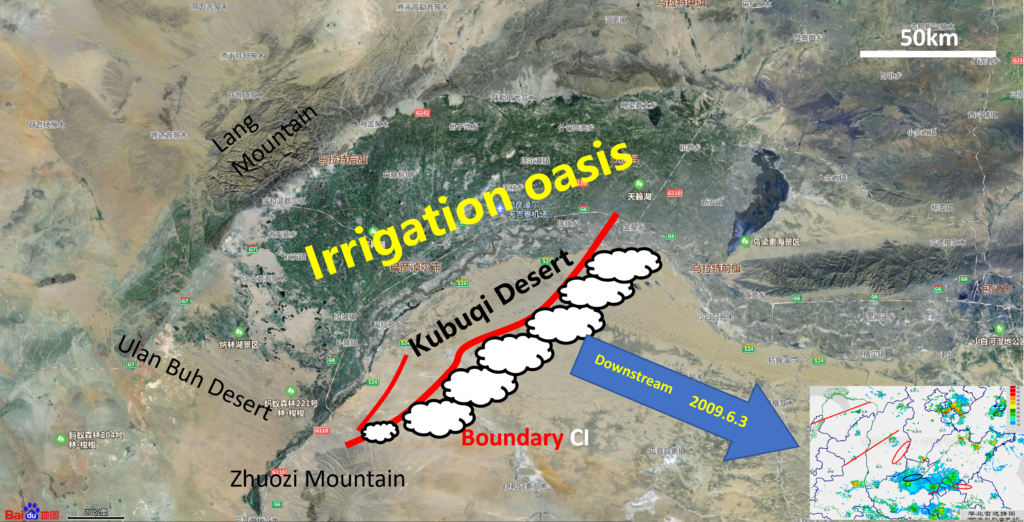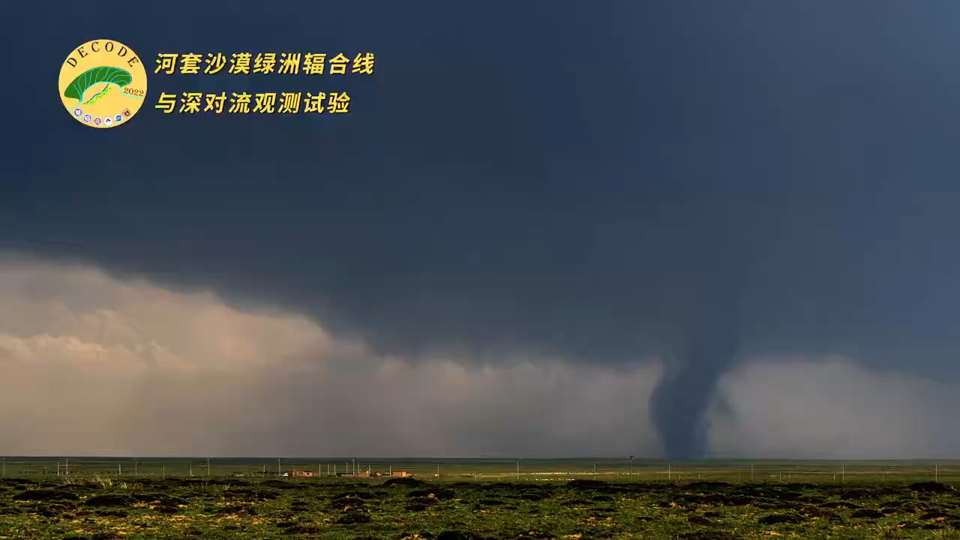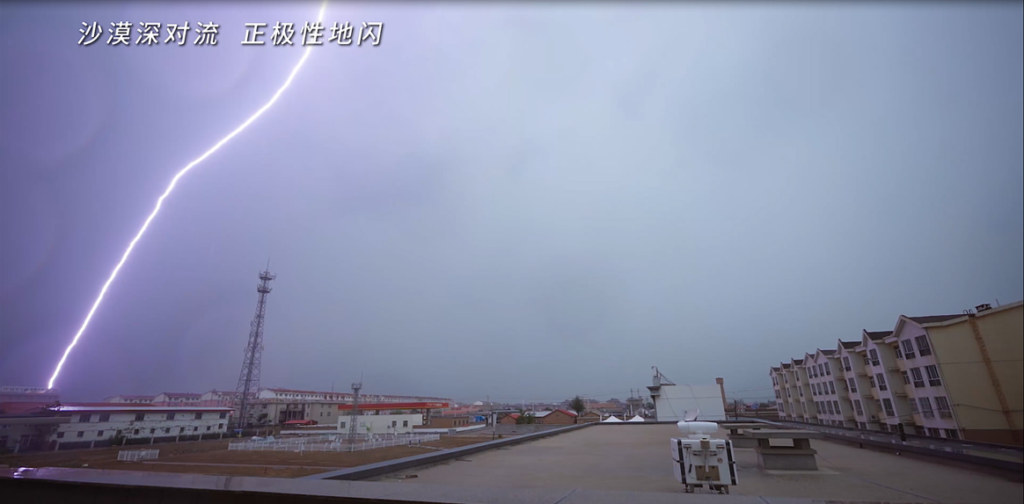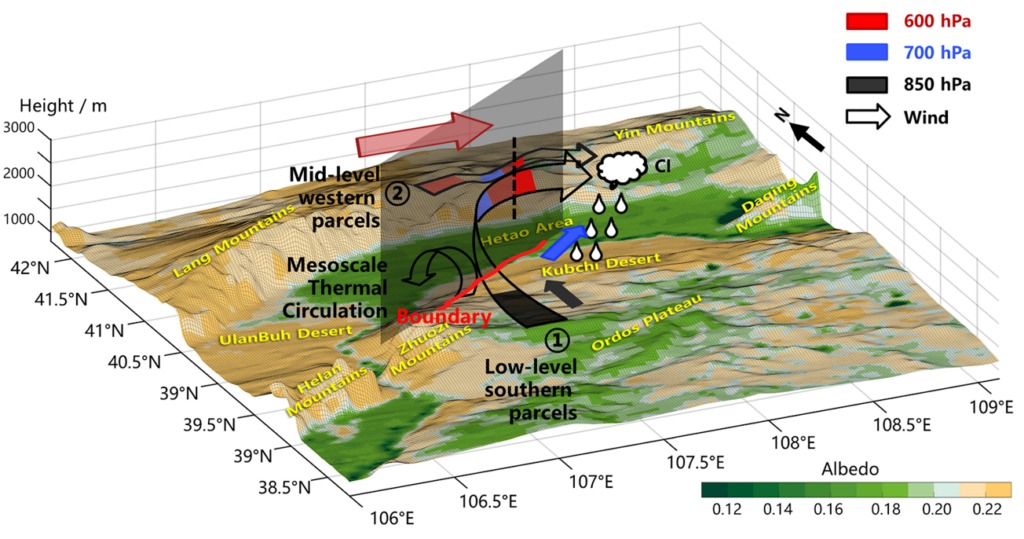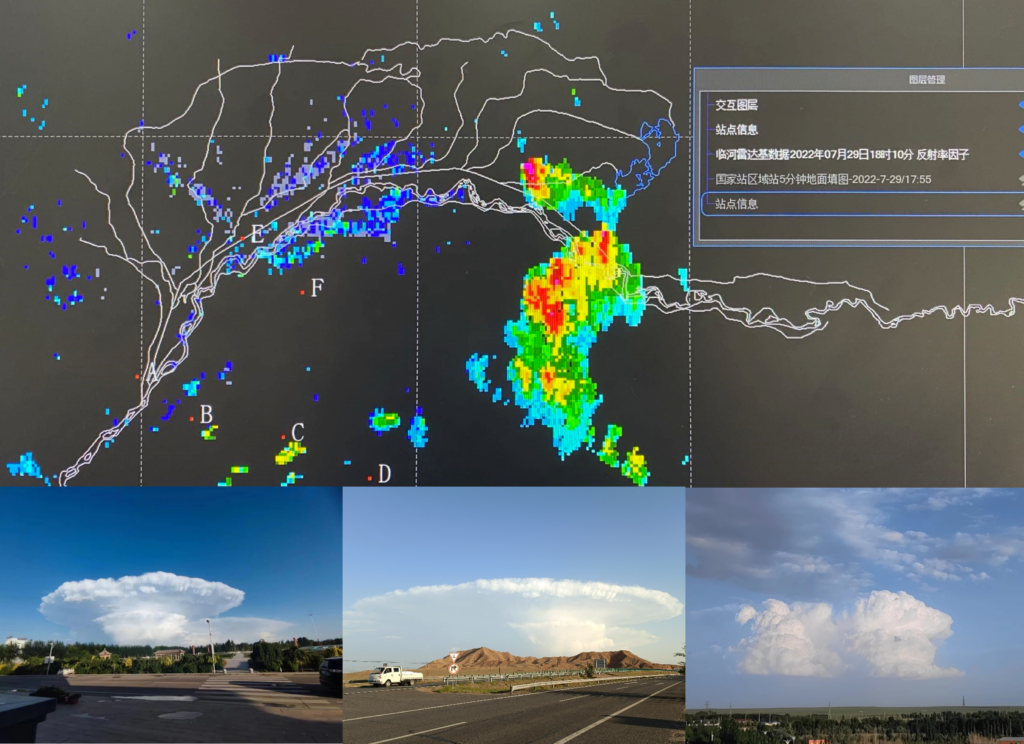A meteorological field project is partnering with orchards to reduce water use in California’s dry climate
California is one of the world’s key agricultural regions. However, the highly variable “boom-and-bust” rainfall pattern of its Mediterranean climate, combined with massive overuse of groundwater regionally, threatens both the state’s farmers and the population’s drinking water. Irrigation accounts for nearly 70% of groundwater withdrawals in the state.
The Tree-Crop Remote Sensing of Evapotranspiration Experiment (T-REX) aims to help farmers monitor and sustainably reduce water use in California, with lessons for farmers in Mediterranean climate regions around the world. You can read about the project in this BAMS paper.
We spoke with Nicholas (Nico) Bambach, PhD, T-REX project co-lead, to find out more.
Bambach canoeing in the Amazon. Photo courtesy of Nico Bambach.>>
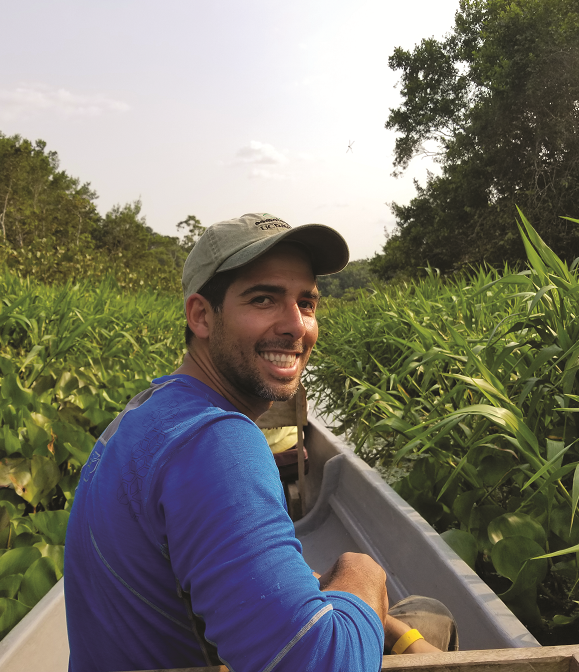
What are the aims of T-REX?
Mediterranean climate regions, such as Chile’s Central Valley and California’s San Joaquin Valley, are only about 3% of the Earth’s land surface [yet] are notable for their high biodiversity and productive agriculture. Most crops grown in this climate rely on irrigation to satisfy spring and summer crop water demands.
Alarming warming trends and unprecedented droughts have challenged farmers in Spain, Portugal, Italy, Australia, South Africa, and Chile since I started college in the mid-2000s. As an Agricultural Engineering student, I kept hearing about the need to increase irrigation efficiencies and better manage water resources. … Near two decades later, I found my place within a diverse team, tackling questions related to these themes. [We are] using holistic and interdisciplinary research approaches … to identify how we can help and work with stakeholders interested in using new technologies to become more efficient with their water use.
How did the project begin, and how does it work?
With strong support from Bill Kustas, Martha Anderson, and Andrew McElrone, Kyle Knipper and I grew the T-REX project from our postdoctoral work on a similar UC Davis project focused on vineyards—GRAPEX, the Grape Remote Sensing Atmospheric Profile and Evapotranspiration eXperiment.
GRAPEX is a hands-on research project aiming to help farmers manage vineyards using satellites, so they can reduce the amount of water needed to produce California wines. We have developed tools that use satellites and other technologies to monitor how much water vineyards are using and if the plants are under stress. To do this, we collect data from different wine-growing regions.
Up close, we measure how leaves and vines take in and release carbon and water and how much moisture is in the soil at various depths. Using special sensors on a tall tower, we can track how wind moves and how much water vapor or heat goes up or down. This helps us determine how much water plants are using, how much heat the ground is giving off, or how much carbon dioxide plants absorb. We also use planes or drones to gather information from above, covering areas as small as a few centimeters to many kilometers. Then, we work with wineries to identify the best way to provide this information for their decision-making.
The T-REX project is an expansion of GRAPEX. We use what we learned from wine grapes to apply to almonds, pistachios, and olives. … Considering the importance of the almond industry in California, we decided to focus our efforts [at the beginning] on developing accessible tools to inform irrigation decisions [for almond orchards] based on satellite observations. … We are learning more about how different environments, crop types, and agricultural management can impact the potential of these satellite-based tools.
What is it like partnering with farmers?
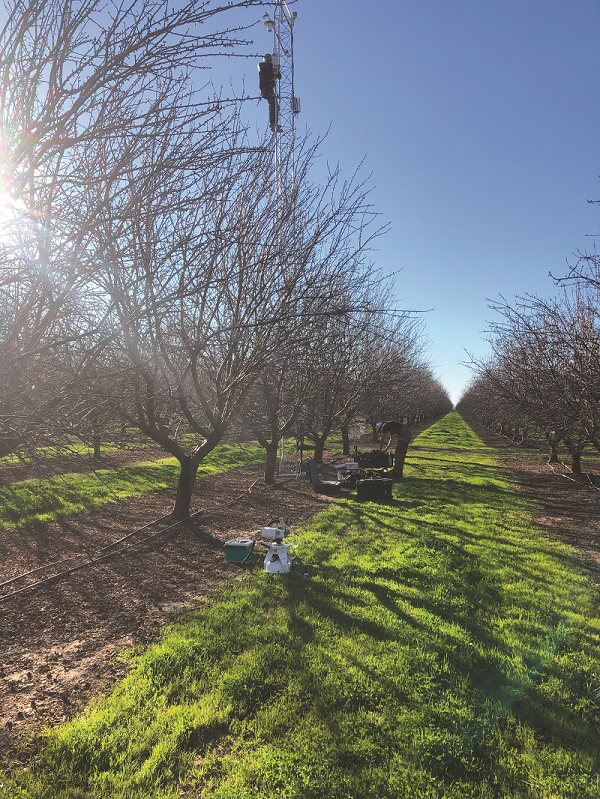
Working in commercial farms is challenging yet also rewarding. Every farm has its own way of operating machinery, and we must constantly adapt so that our field research team and equipment are not in their way. Summer days can be scorching, but we are doing many campaigns to ensure we understand the impact of using satellite-based irrigation recommendations at every level. We are quantifying plant stress, orchard productivity, fruit quality parameters, soil-health parameters, and many others. Our results are promising, and we are excited about that. Also, working directly with farmers gives us huge motivation; we hear the need for better tools to support sustainable farming. Growers are trying their best to run their farms not only for profit but also because they are proud of what they do and want to do it well.
<< A researcher climbs a micrometeorological flux tower at the T-REX field site in Woodland, California. Photo courtesy of Nico Bambach.
Every crop is managed differently, and plant species respond differently to such management; finding methods to model that well can be challenging. Ecological studies usually deal with ecosystem responses to certain environmental conditions. In our case, we [also need] to understand how human decisions affect the crop and agroecosystem responses observed.
… We are evolving to better integrate our understanding of the carbon and nitrogen cycles in California’s agroecosystems. Adapting theory and tools to these landscapes is more challenging than it might seem. Yet we are excited to work with farmers on how to grow food, promote soil health, and identify potential climate mitigation opportunities.
How has the project grown, and what are your hopes for the future?
We have expanded into what we envision as a long-term regional-scale observatory of California’s agroecosystems, [becoming] the Crop Sensing Group hosted by the ARS-USDA Sustainable Agriculture Water System Unit in Davis, California. We [are] a diverse, fun, and motivated group of more than thirty people working on critical fundamental and applied research questions revolving around how to do agriculture sustainably in Mediterranean climate regions. We aim to advance our capabilities to integrate across spatial and temporal scale crop-sensing datasets for climate resilience and solutions.
Providing growers with timely and readily available access to crop water use data will help them use water more efficiently. Given how scarce water has become in California, we hope that our project releases some pressure on such a critical resource as water. We believe that will be better for the environment and our communities[—although the pathways are not always clear]. For example, such “saved water” could [be used to grow] more food instead of [becoming] available for the environment or other uses.
The T-REX project intertwines with my personal and professional growth. It is like a kid I get to co-parent with many other people I enjoy having around. It’s also “cool” to think that we are following the path that people like John Norman, Bill Kustas, Martha Anderson, and many others started. … [It] is a huge responsibility and a privilege.
Photo at top: USDA photo of an almond orchard in Livingston, CA. Photo by Lance Cheung.
